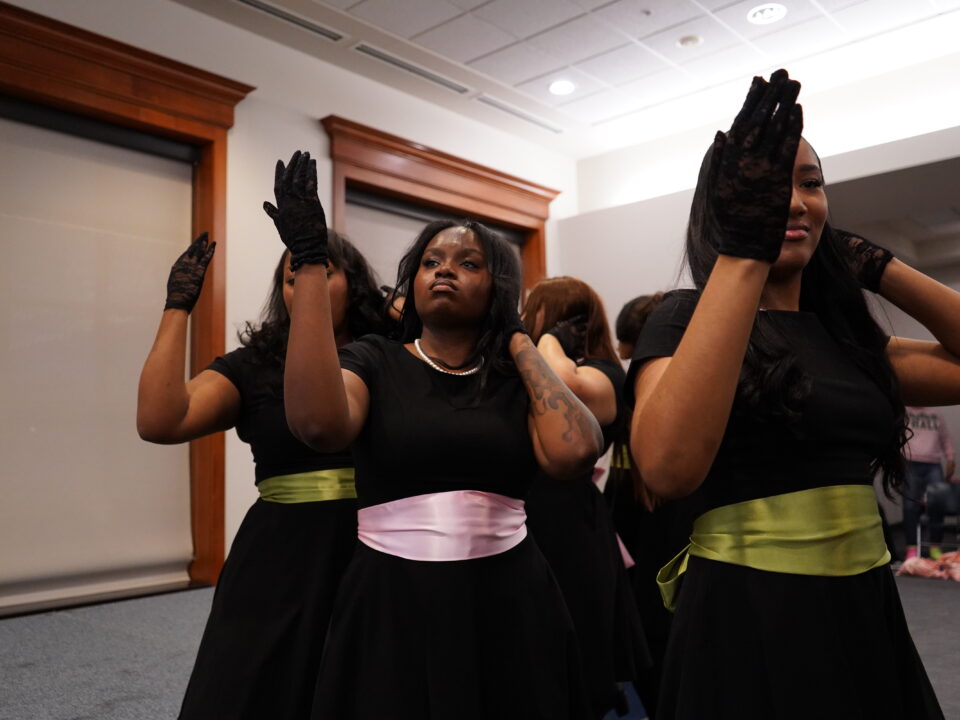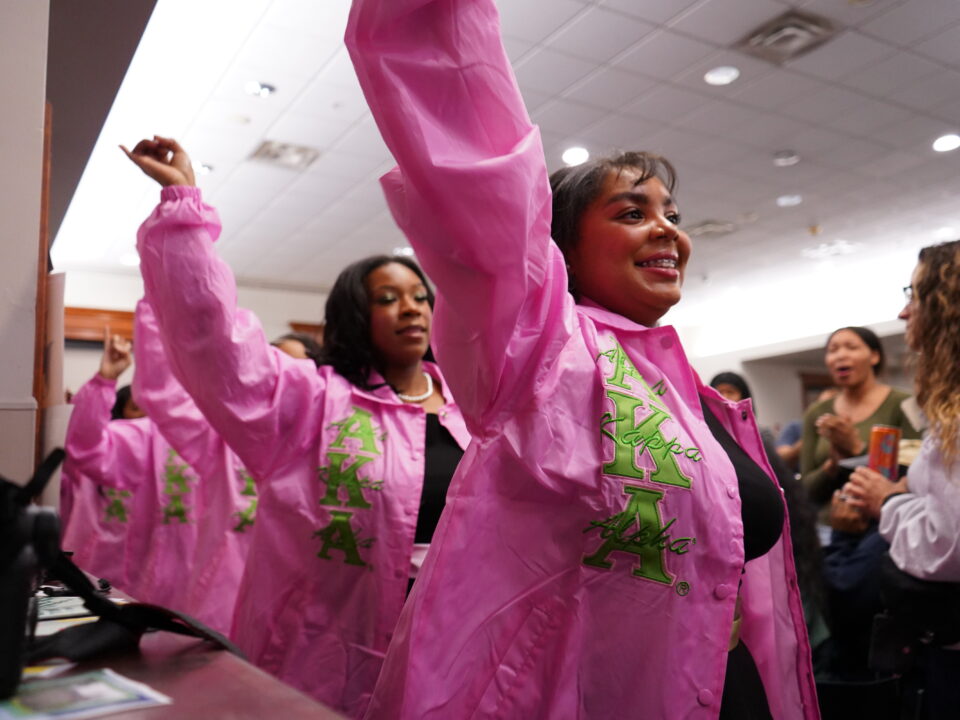COVID-19 and its impact on modern dating
Despite the dangers of in-person dating during the COVID-19 pandemic, dating apps have reported an increase in user activity during the past two years.
OkCupid saw a 700 percent increase in dates, Tinder recorded its highest number of swipes in a single day: 3 billion, and video calls through Bumble increased by 70 percent.
“I have been using dating apps for a while now, but being stuck at home just increased the time I spend on them exponentially,” said Vanessa Martinez, a local Tinder and Bumble user since 2015.
Just like Martinez, thousands of people around the world report using dating apps significantly more since the beginning of the pandemic.
Talking to the love of your life or just a spontaneous fling has become a way for people to combat the loneliness that comes with isolation.
“I can’t deny that when it comes to meeting for a date in-person, it still seems very scary to me that I might contract COVID[-19] from going out on the date. I always find myself in the dilemma,” Martinez said. “I never know if I should go and risk the chances of contracting the virus or putting myself first.”
It can be scary to meet a match in person, but for some, the thought of discussing the logistics around meeting is even scarier. A lot of assumptions can be drawn based on simple things, such as social distancing preferences, and the conversation in itself is awkward.
Going on dates may not present a threat to everyone who uses dating apps, however the CDC claims being around someone for more than 15 minutes in “close contact,” or less than six feet, increases exposure risk.
Meaning, most in-person dates fall in this category. In addition, interacting without masks — to talk, kiss, or eat — puts you at greater risk, as does having your date take place indoors.
As for the location of the date, people must be more selective about where they choose to meet. Pre-pandemic, 51 percent of men preferred to meet a woman at a restaurant on a first date.
Currently, restaurants, specifically those with indoor seating, are ranked as the fourth riskiest place to contract COVID-19, so people have had to become more creative with their dates.
Many apps, like Bumble and Hinge, have added new features to their apps such as the ability to send voice notes, in-app video calling, and interactive games for couples to get to know one another without leaving their homes.
Many users of dating apps have discussed hearing their partner’s voice is a big part of why they want to meet in person. These needs are fulfilled with the features dating apps are now offering, making users more likely to spend more time in the app and less time in high-exposure areas.
“One time, I decided to shoot my shot and discuss vaccinations with one of my Tinder matches to see if it would be safe to go on a date,” Martinez said. “To sum up the story, he completely assumed my political standing based on my decision to get vaccinated and called me every curse word in the book. Needless to say, we didn’t hit it off.”
Dating in 2022 requires the logistics of masks, social distancing, and vaccination statuses to be discussed. It is no secret COVID-19 has also been politicized, and despite it being a cultural norm to not talk politics on a first date, people will inevitably have to break the taboo and indirectly discuss political standings.
Thus, the new aspects that are involved with dating during COVID-19 can make it more stressful for both parties involved.
“At the end of the day, it was an unpleasant experience. But if I was looking for a life-time partner, sooner or later we were bound to discuss our standing with regards to COVID[-19]; the idea of going on a date just accelerated that process and showed me that I didn’t want to be with him,” Martinez said.



